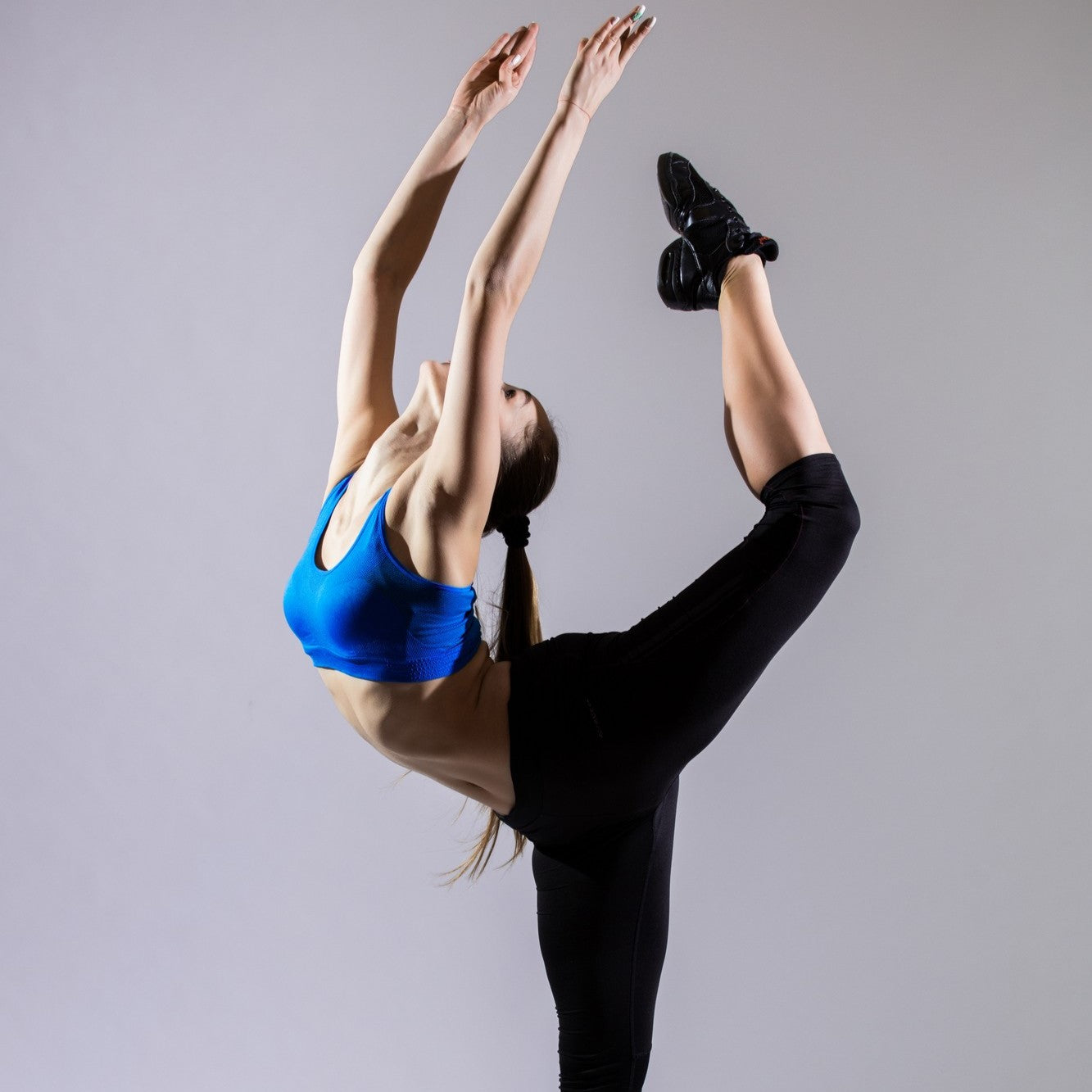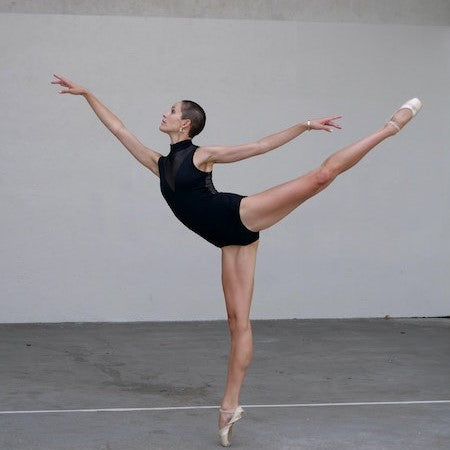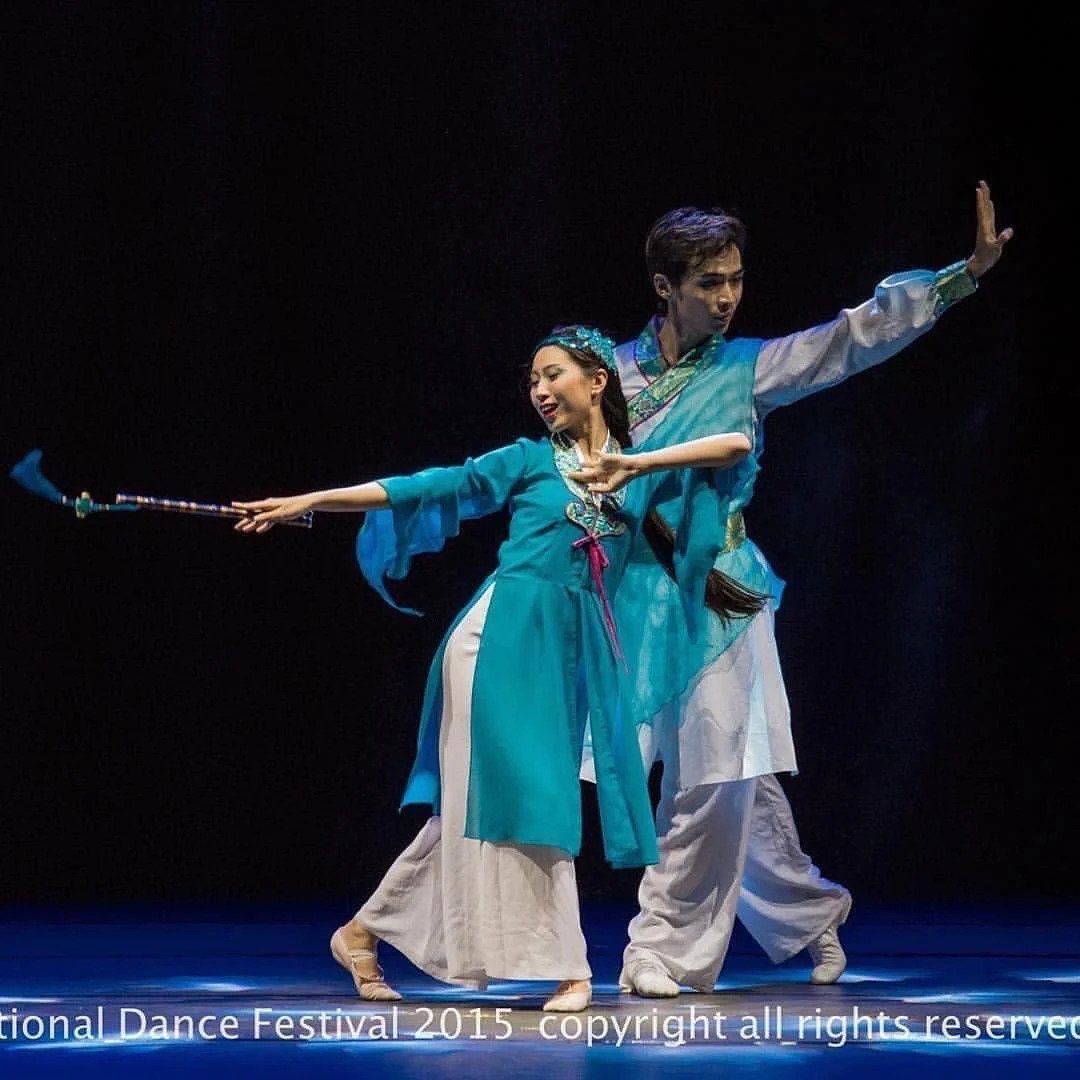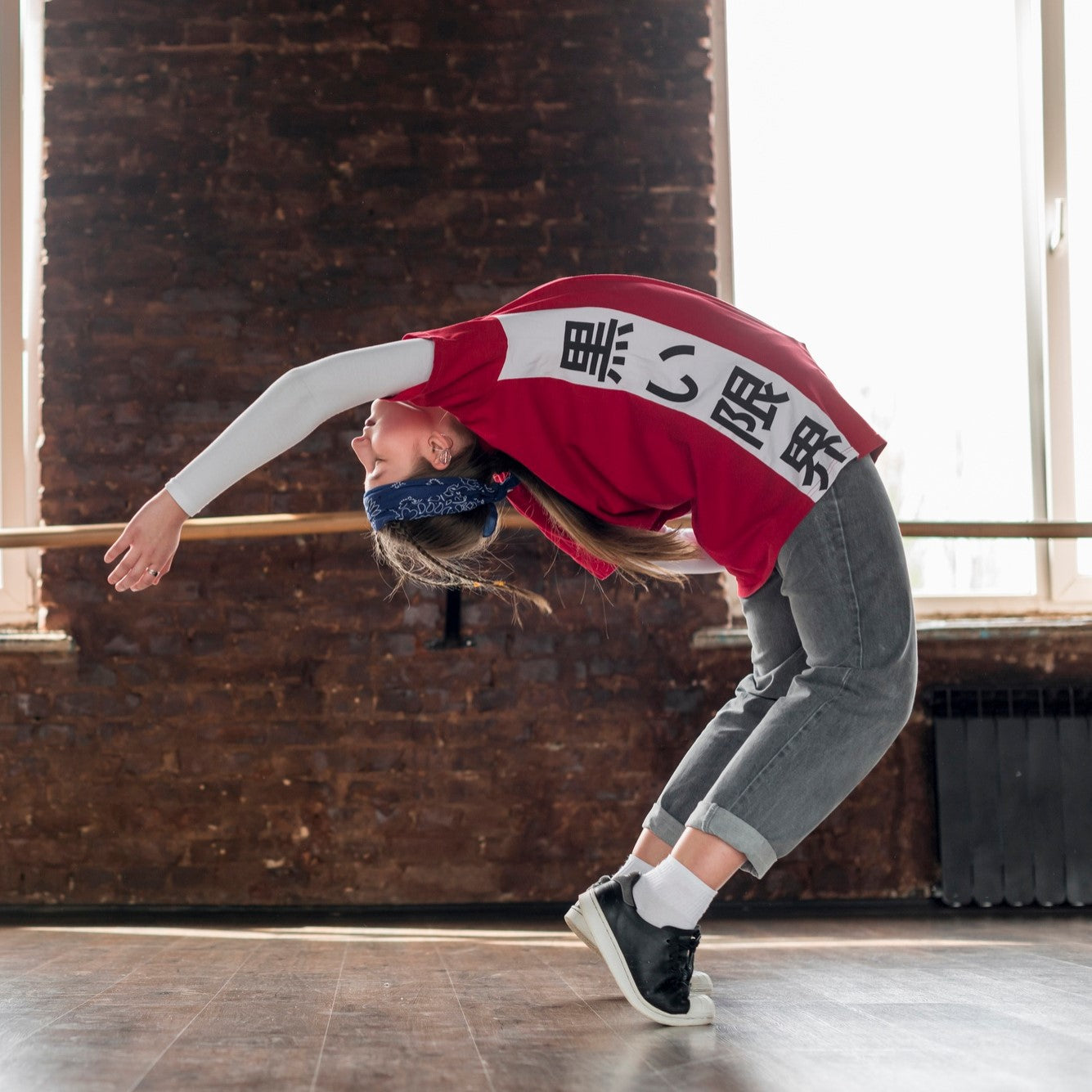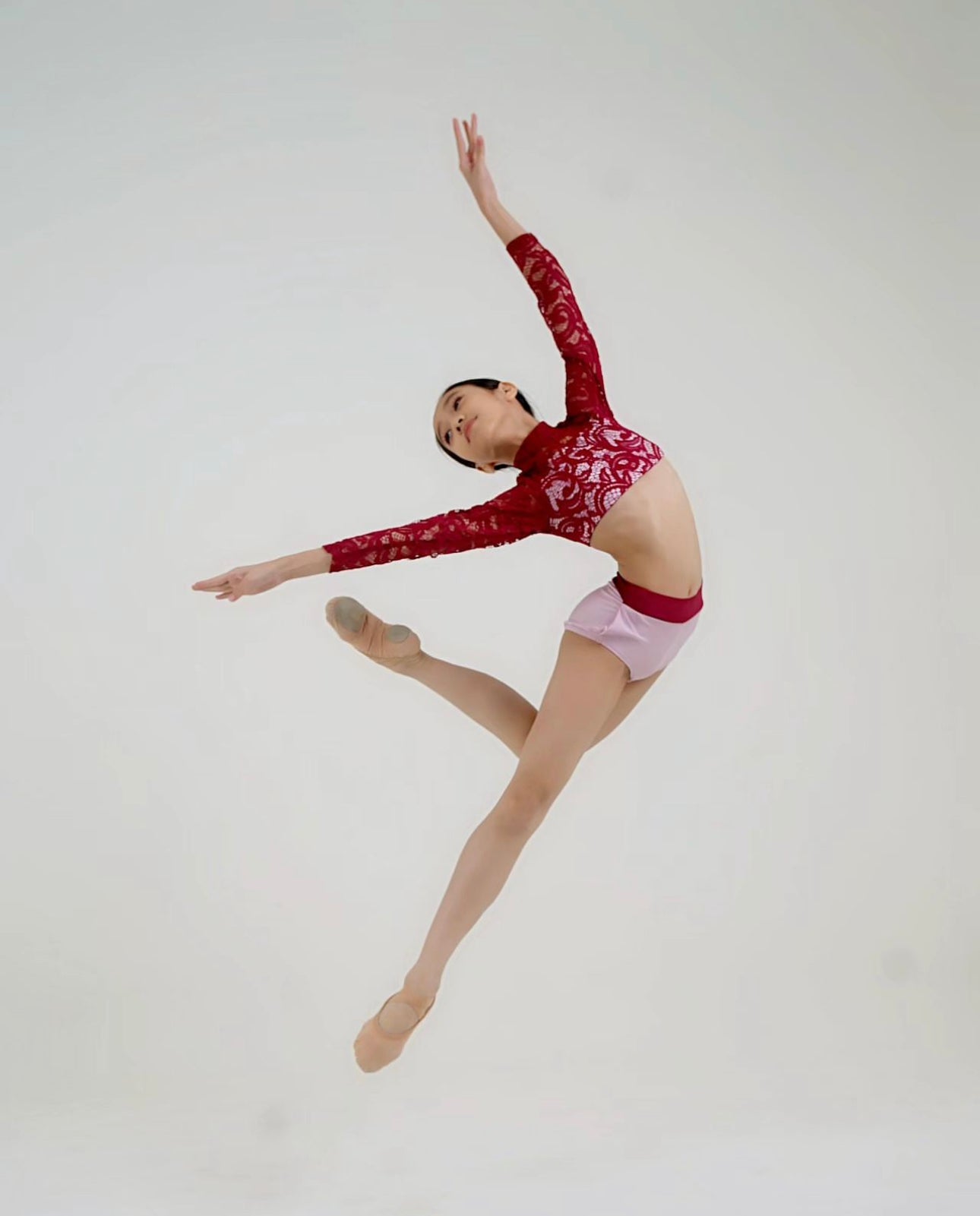Customer Service +65 8044 8419
Popular Products
Shatterproof Framed Mirror on Wheels
- From $659.00
$0.00- From $659.00
- Unit price
- / per
Shatterproof Frameless Mirror on Wheels
- From $729.00
$0.00- From $729.00
- Unit price
- / per
Shatterproof Frameless Hung On Wall Mirror
- From $539.00
$0.00- From $539.00
- Unit price
- / per
Popular Products
Shatterproof Framed Mirror on Wheels
- From $659.00
$0.00- From $659.00
- Unit price
- / per
Shatterproof Frameless Mirror on Wheels
- From $729.00
$0.00- From $729.00
- Unit price
- / per
Shatterproof Frameless Hung On Wall Mirror
- From $539.00
$0.00- From $539.00
- Unit price
- / per
-
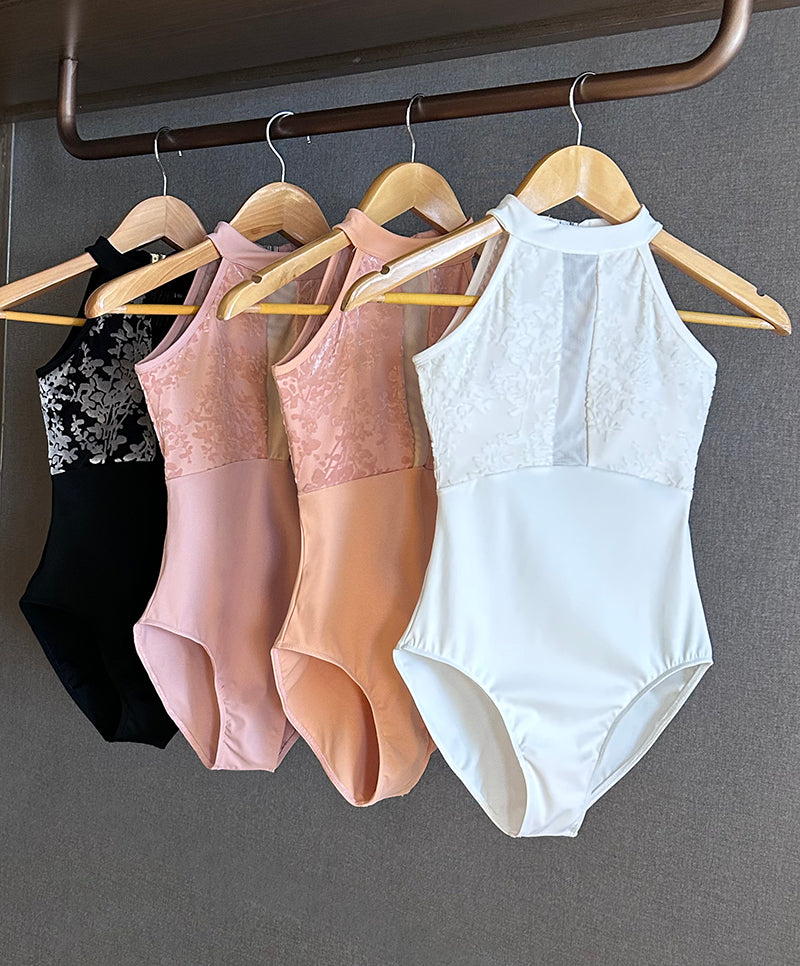 Dancewear
Dancewear
- Dancewear
- Go to Dancewear
-
 Collections
Collections
- Collections
- Go to Collections
-
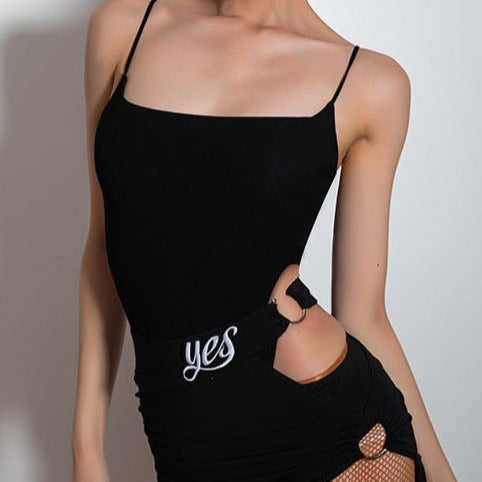 New
New
-
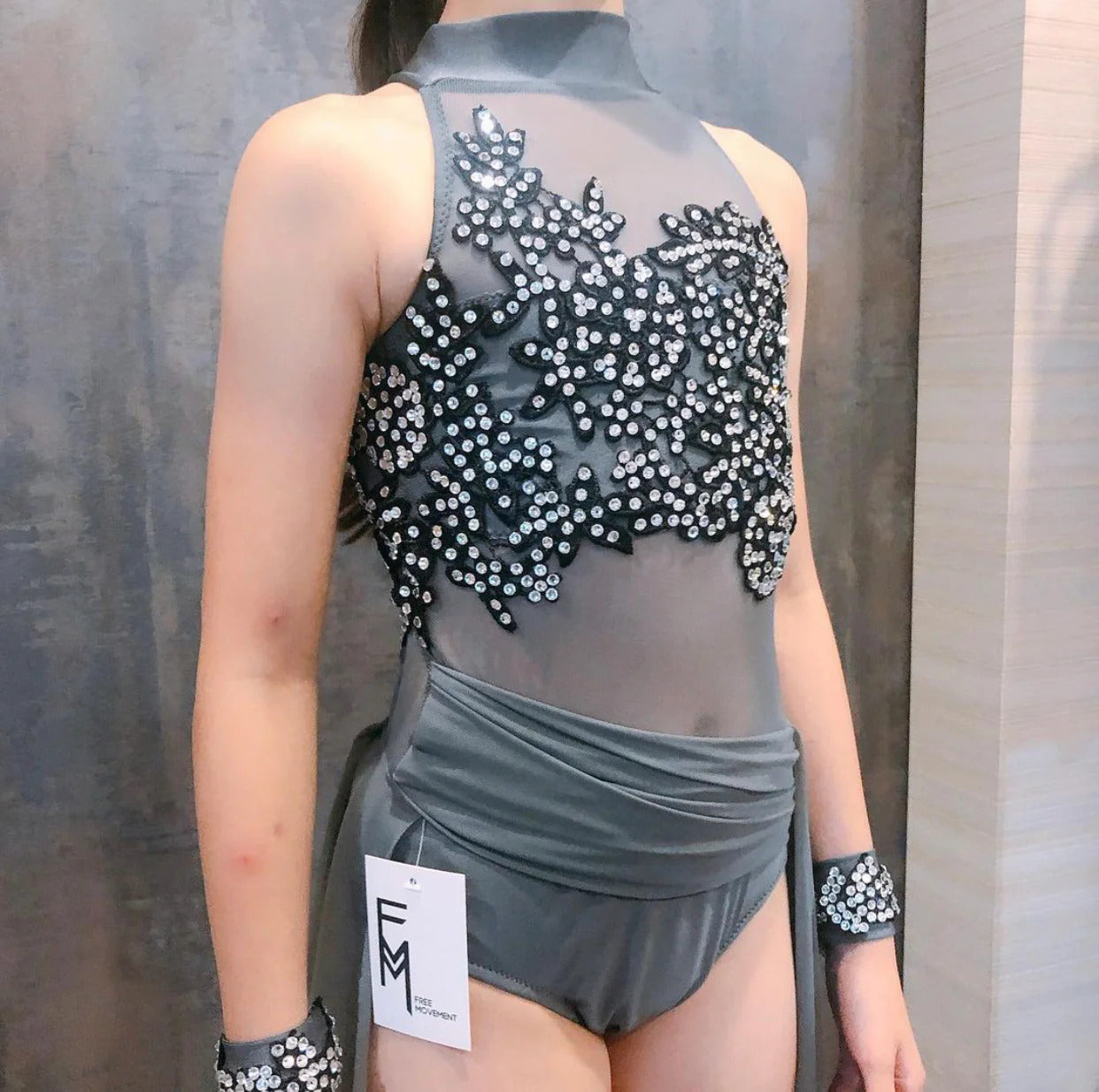 All
All
-
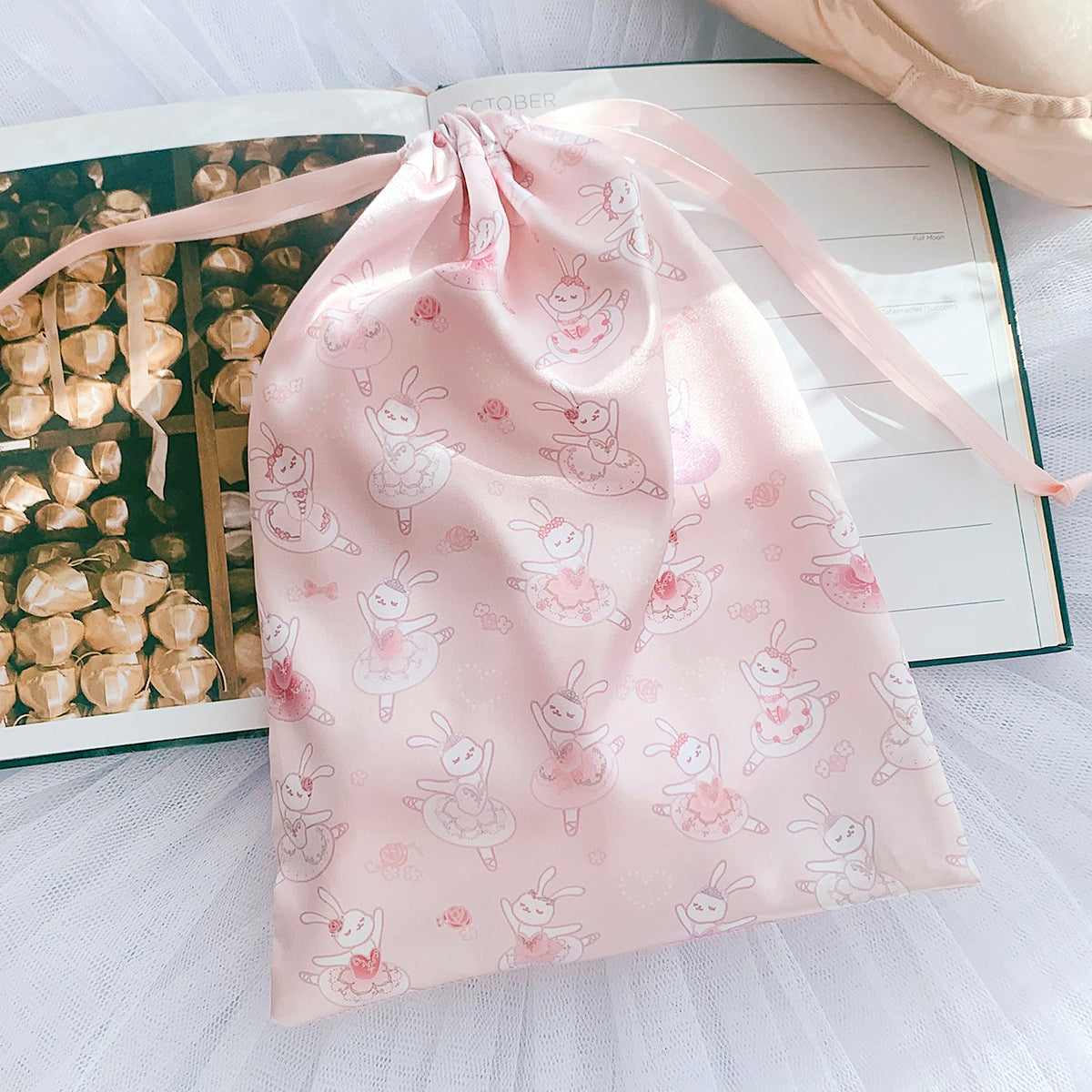 Gifts
Gifts
-
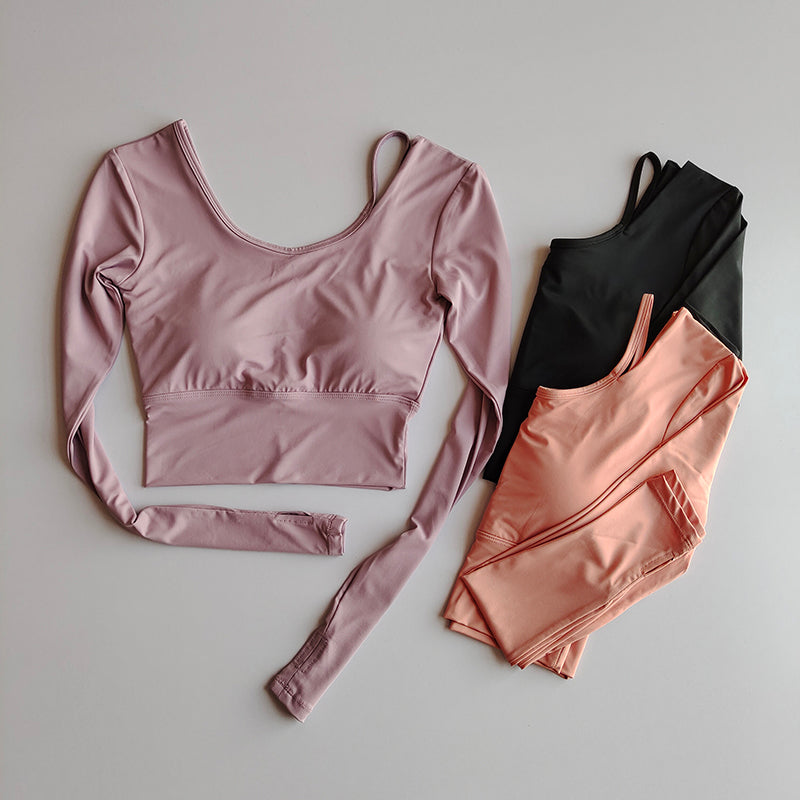 Tops
Tops
-
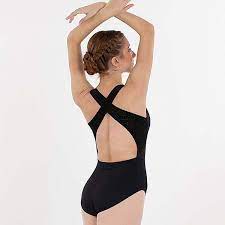 Leotards
Leotards
- Leotards
- Go to Leotards
-
 Leotards
Leotards
- Unitards
-
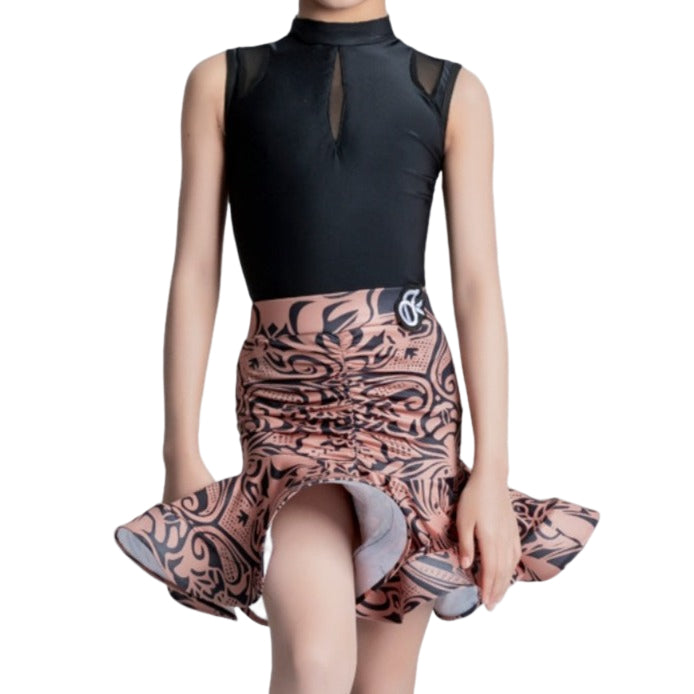 Bottoms
Bottoms
-
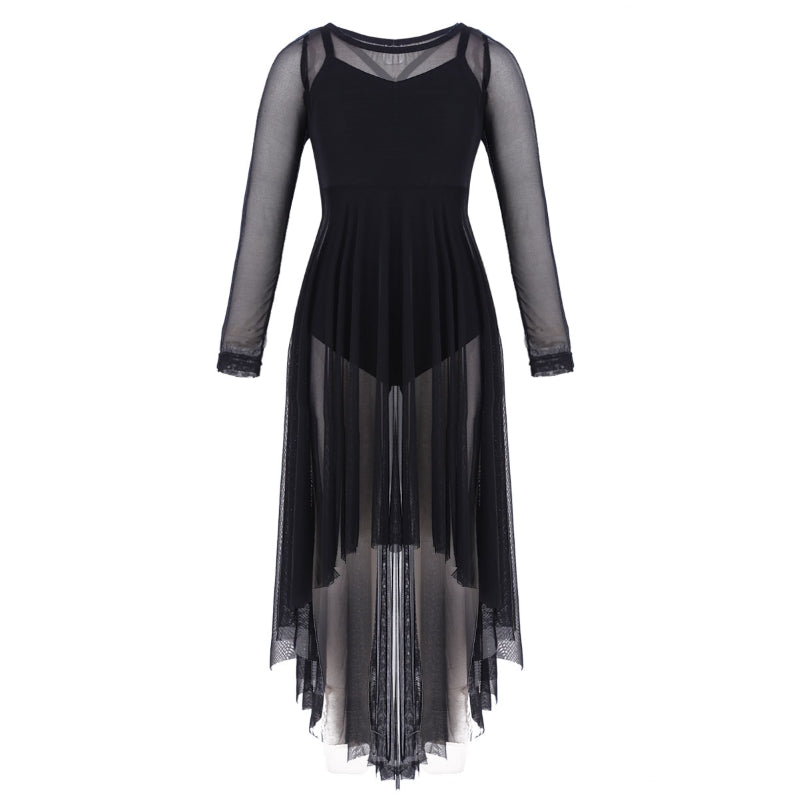 Dresses
Dresses
- Dresses
- Go to Dresses
-
 Dresses
Dresses
-
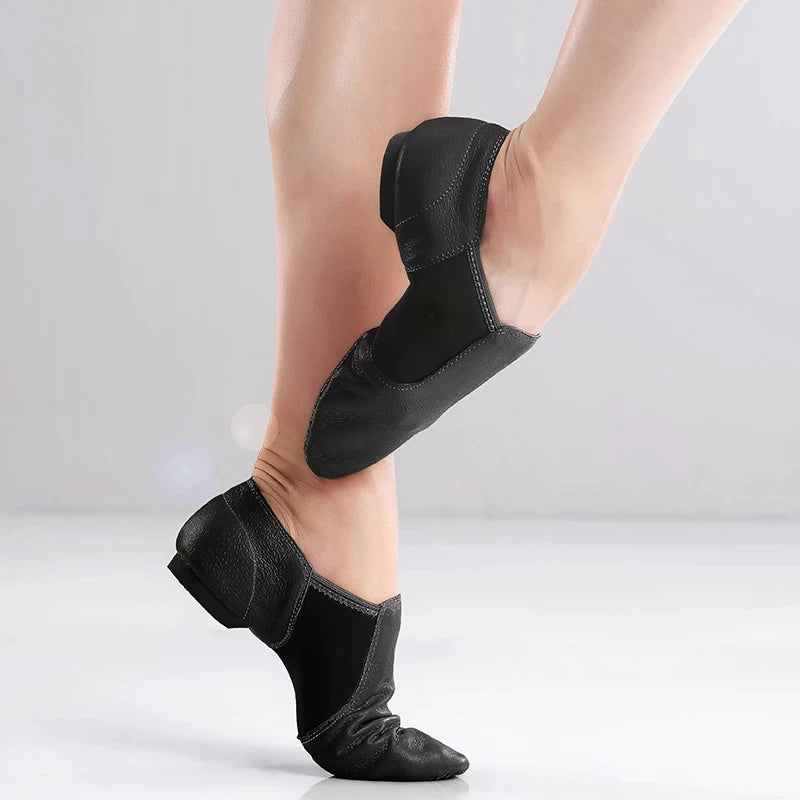 Footwear
Footwear
-
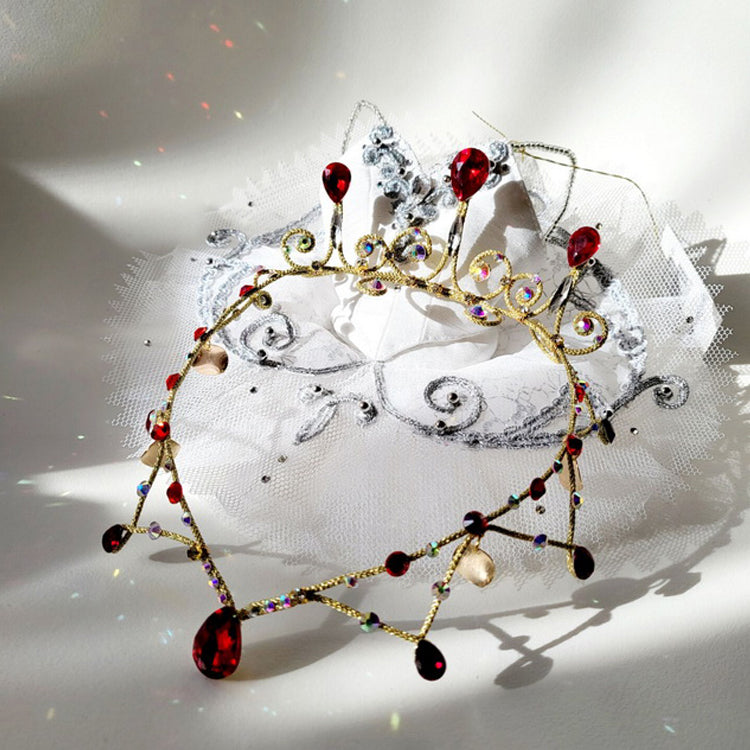 Accessories
Accessories
-
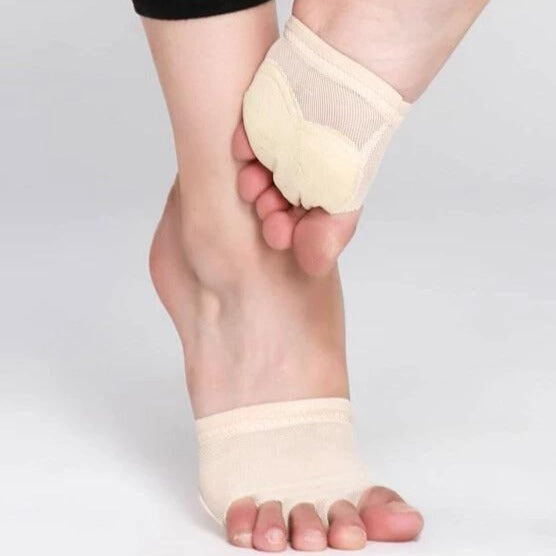 Dance Styles
Dance Styles
-
 Hair & Makeup
Hair & Makeup
- Hair & Makeup
- Go to Hair & Makeup
- Hair
-
 Makeup
Makeup
- Dance Hair Tips
-
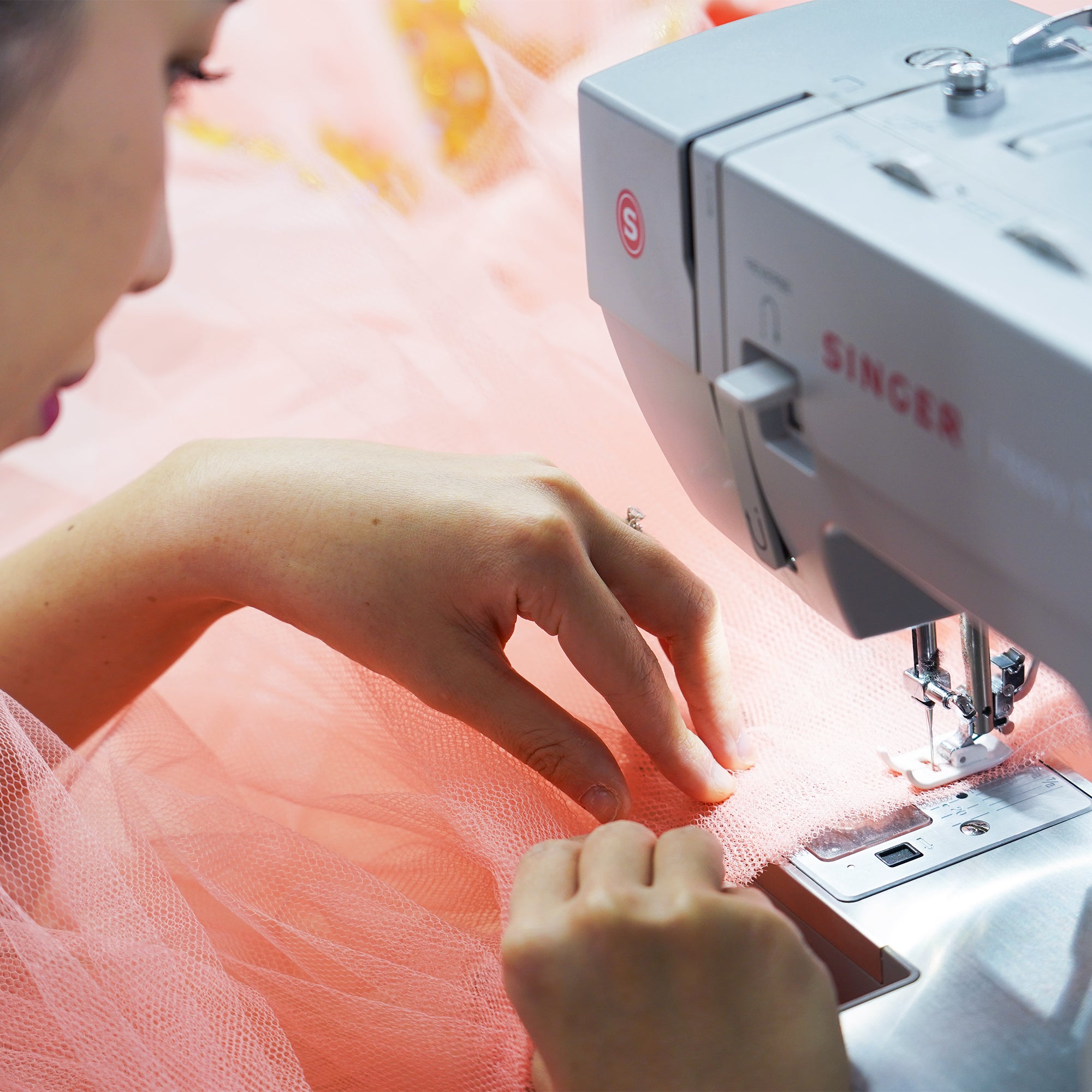 Tailoring
Tailoring
- Tailoring
- Go to Tailoring
-
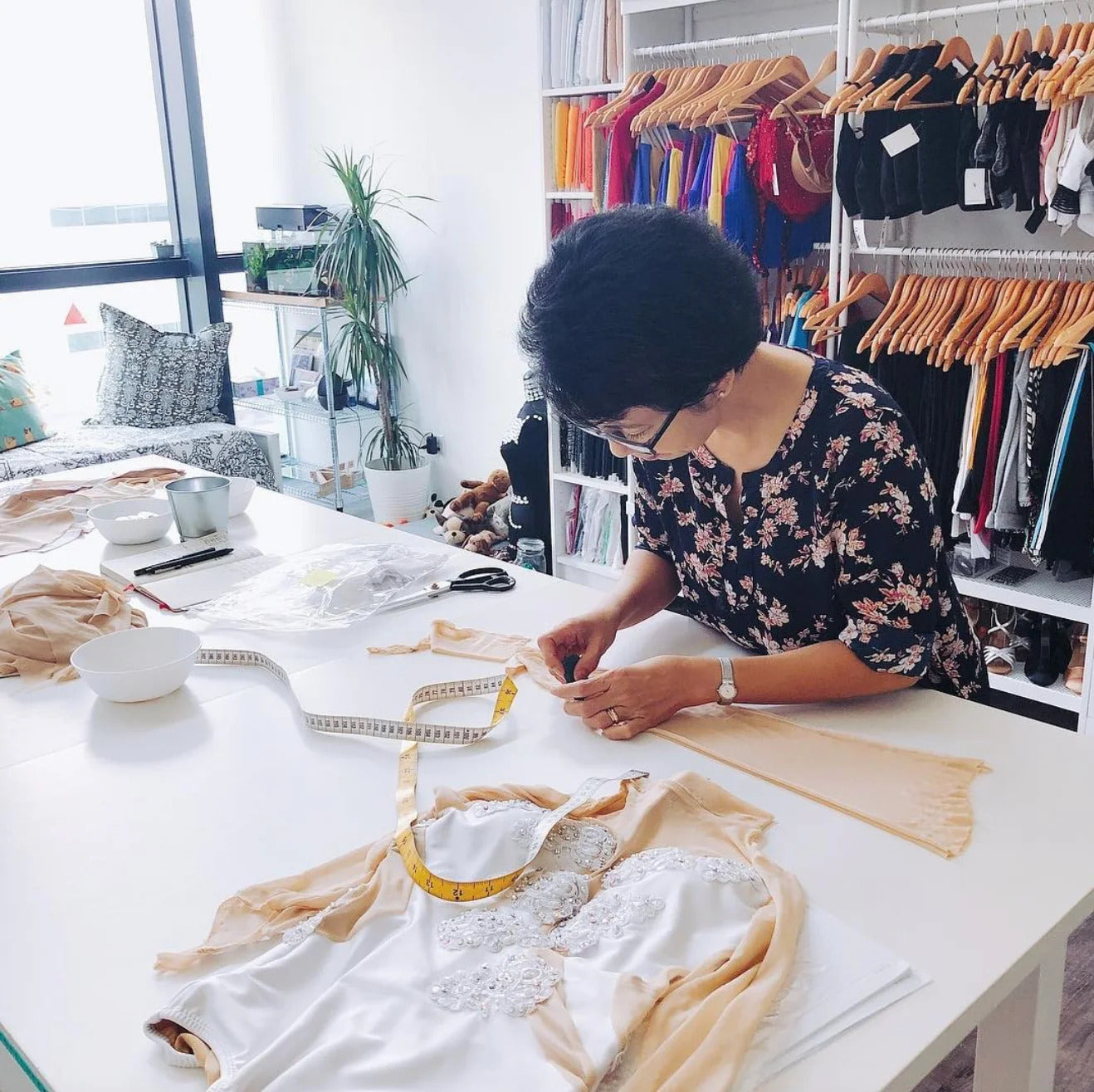 Tailoring Services
Tailoring Services
- Tailoring Services
- Go to Tailoring Services
- Our Tailoring Services
-
Designs Lookbook
- Designs Lookbook
- Go to Designs Lookbook
-
 Design Sketches
Design Sketches
- Design Sketches
- Go to Design Sketches
- All
- Tops
- Leotards
- Bottoms
- One Piece
- Ballet Tutus
- Sewing Class
-
DIY Accessories
- DIY Accessories
- Go to DIY Accessories
- Fabrics
- Rhinestoning
- Sewing Machines
- Sewing Accessories
-
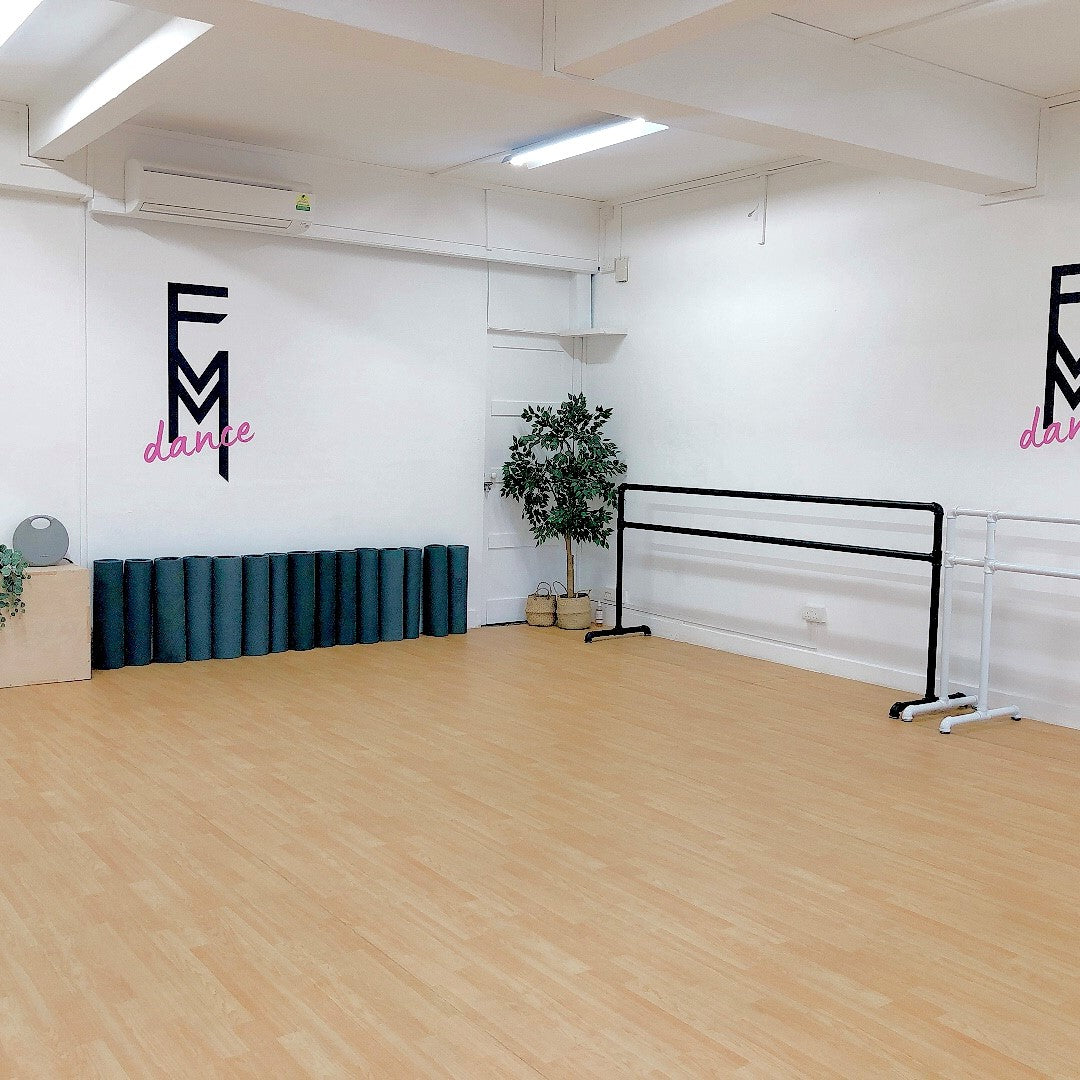 Rental
Rental
-
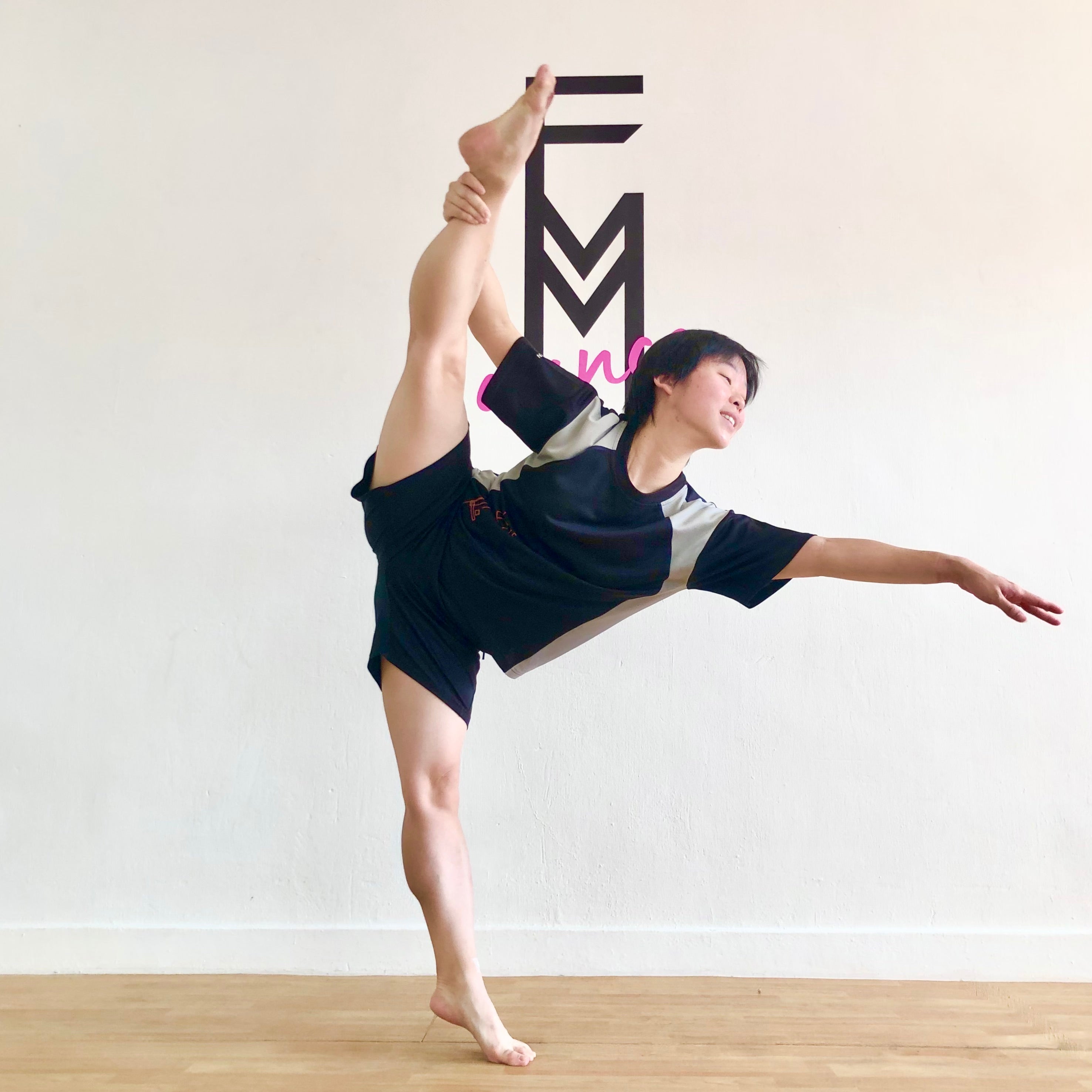 Classes
Classes
- Classes
- Go to Classes
-
About Our Studio
- About Our Studio
- Go to About Our Studio
- A Community Studio
- Instructors
-
Who Are Private Classes For?
- Who Are Private Classes For?
- Go to Who Are Private Classes For?
- Competition Dancers
- Complete Beginners
- Corporate Classes
- Solo Classes
- Group Classes
- Masterclasses
-
Pricing
- Pricing
- Go to Pricing
- Private Class Price
-
Private Class Booking
- Private Class Booking
- Go to Private Class Booking
- Private Class Booking
- Private Class Packages
-
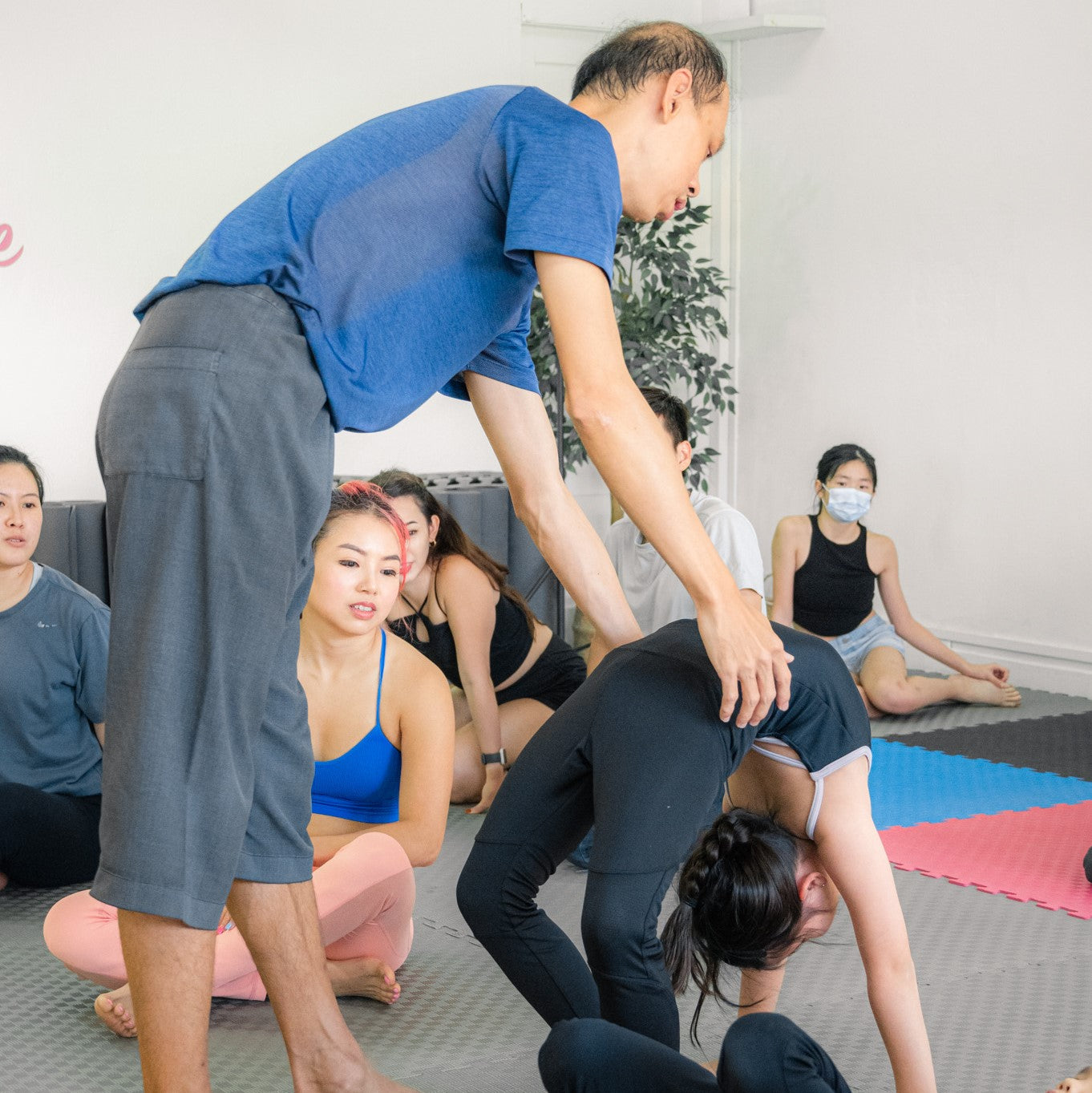 Dance Classes
Dance Classes
-
Fitness & Wellness
- Fitness & Wellness
- Go to Fitness & Wellness
-
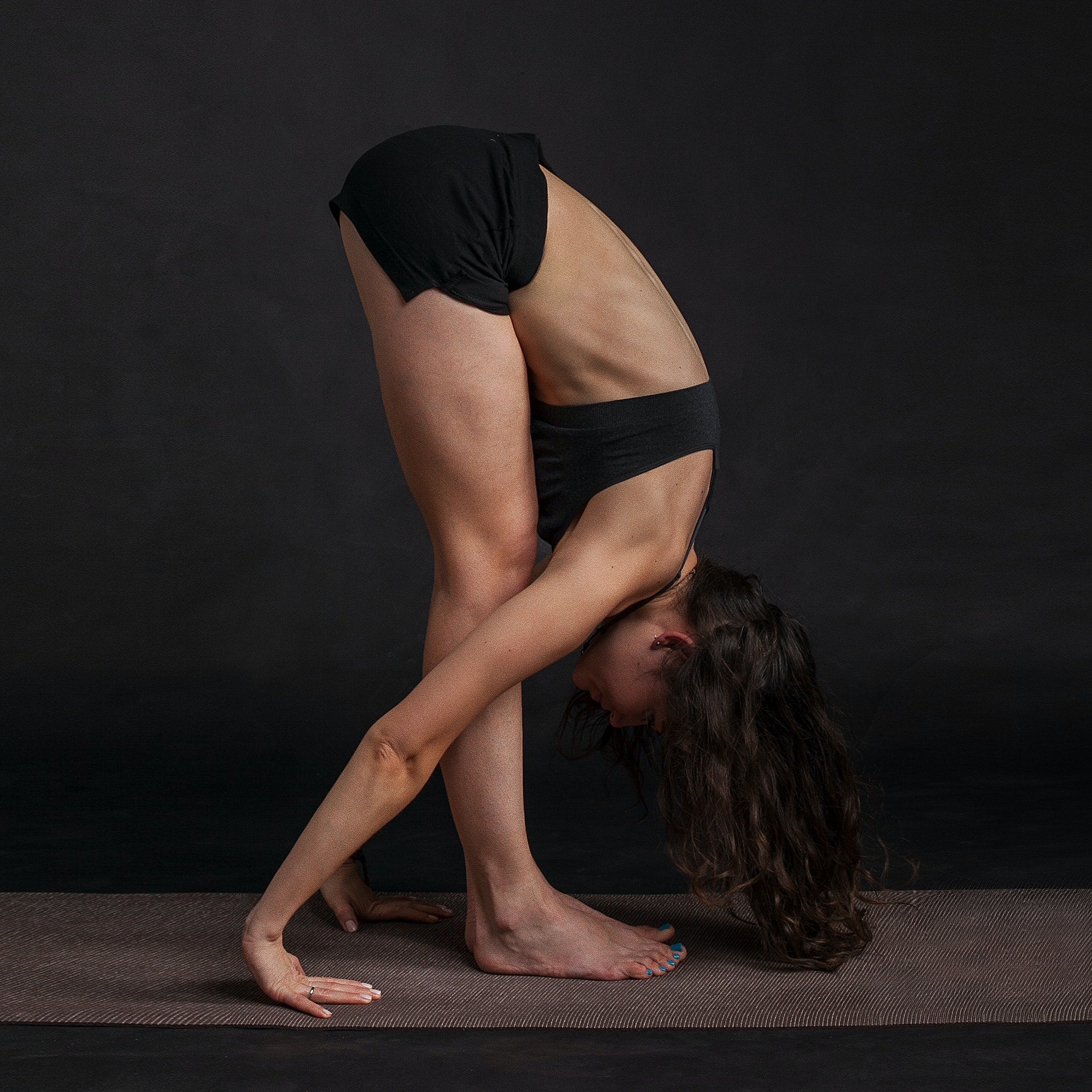 Yoga
Yoga
-
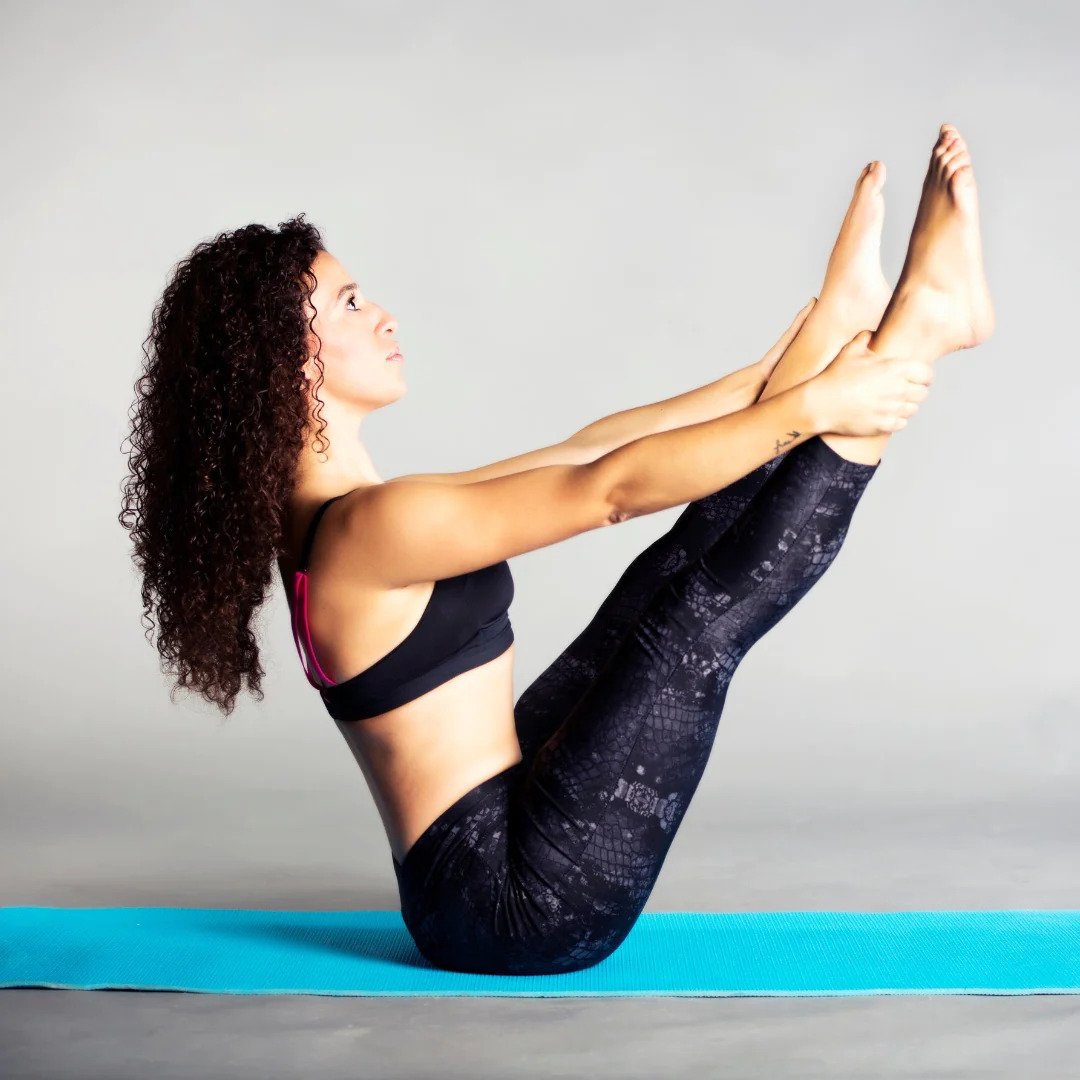 Pilates
Pilates
- Zumba
- Barre Fitness
-
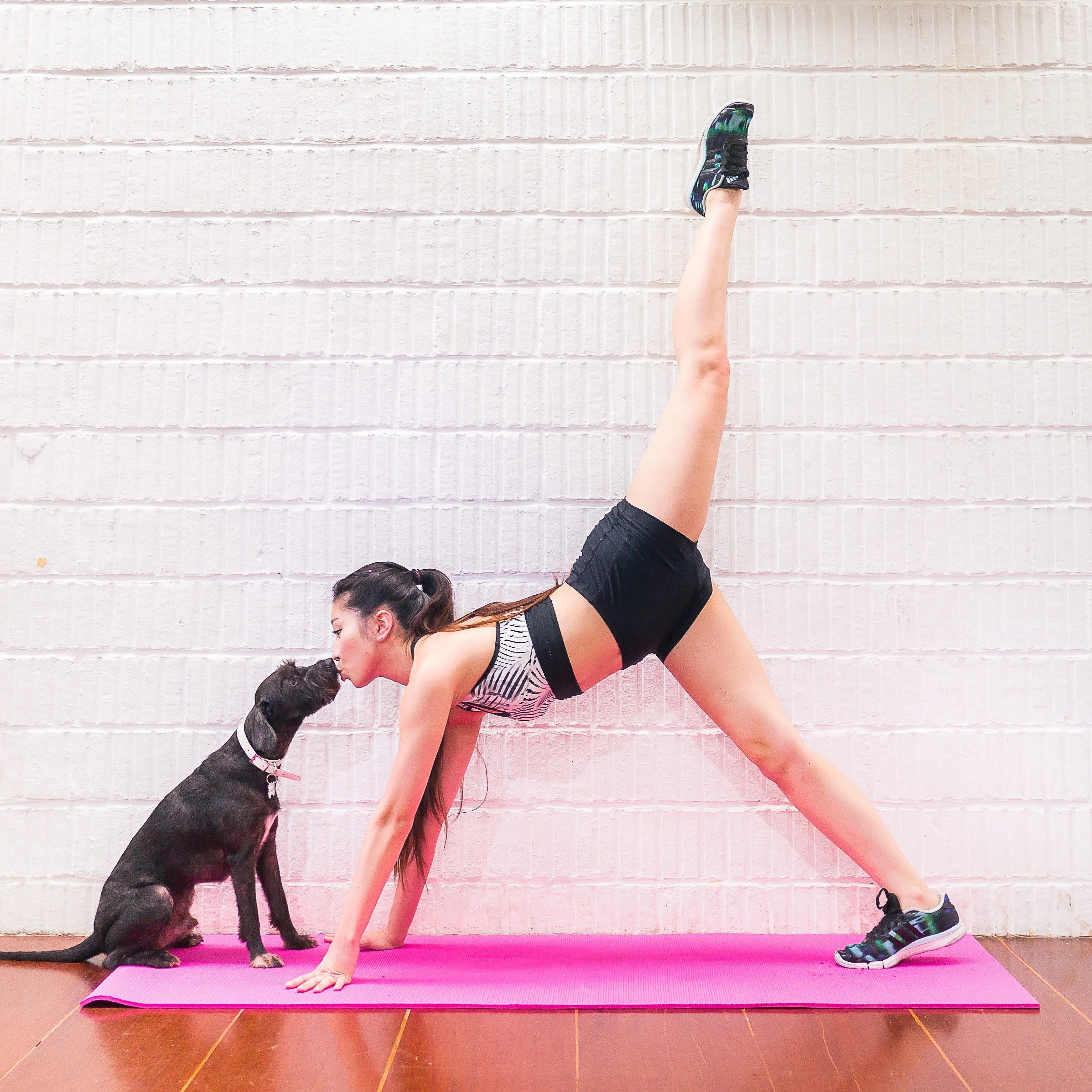 Stretch & Tone
Stretch & Tone
- Dance Therapy
- Sports Massage
- Class Videos
-
 Choreography Services
Choreography Services
- Choreography Services
- Go to Choreography Services
- DSA
- Events
- Wedding
- Auditions
- Performances
-
Online Dance Class
- Online Dance Class
- Go to Online Dance Class
- Online Private Dance Class
- Online Dance Courses
-
 Equipments
Equipments
- Equipments
- Go to Equipments
-
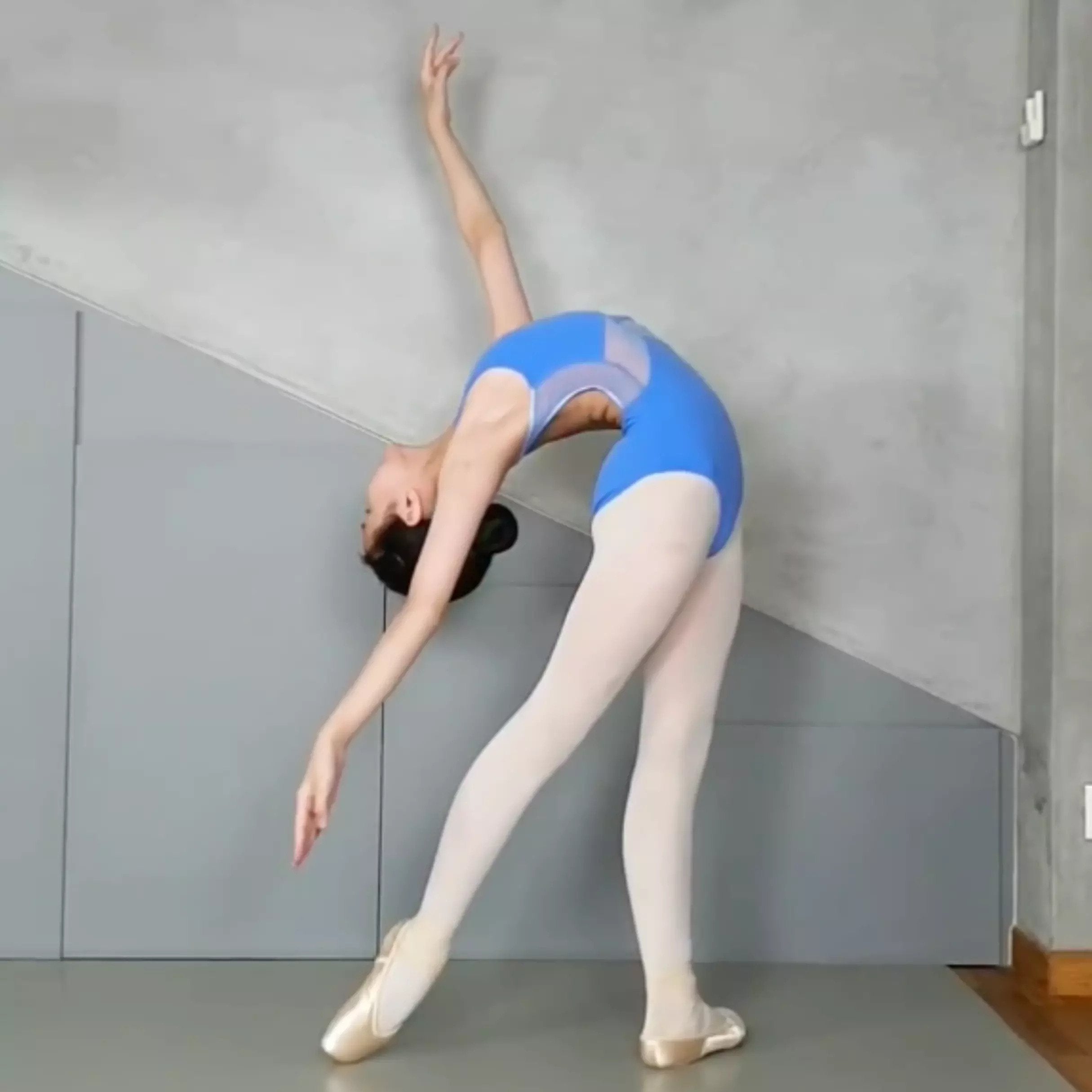 Marley Dance Mats
Marley Dance Mats
-
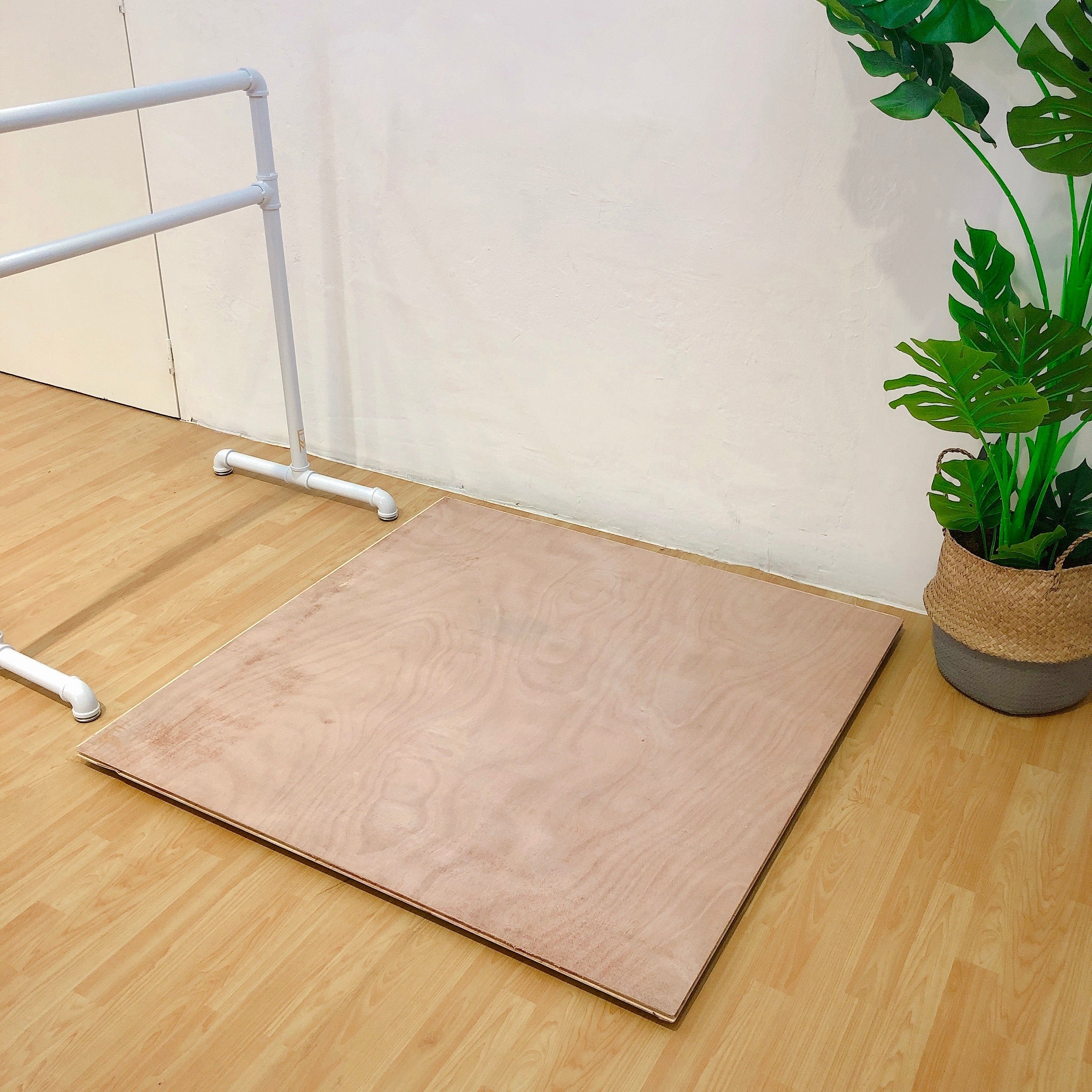 Sprung Dance Floor
Sprung Dance Floor
- Sprung Dance Floor
- Go to Sprung Dance Floor
- Limitless Sprung Floor
- Sprung Floor Installation
-
 Soundproof Mats
Soundproof Mats
- Soundproof Mats
- Go to Soundproof Mats
-
 Soundproof Mats
Soundproof Mats
- Soundproof Flooring Installation
-
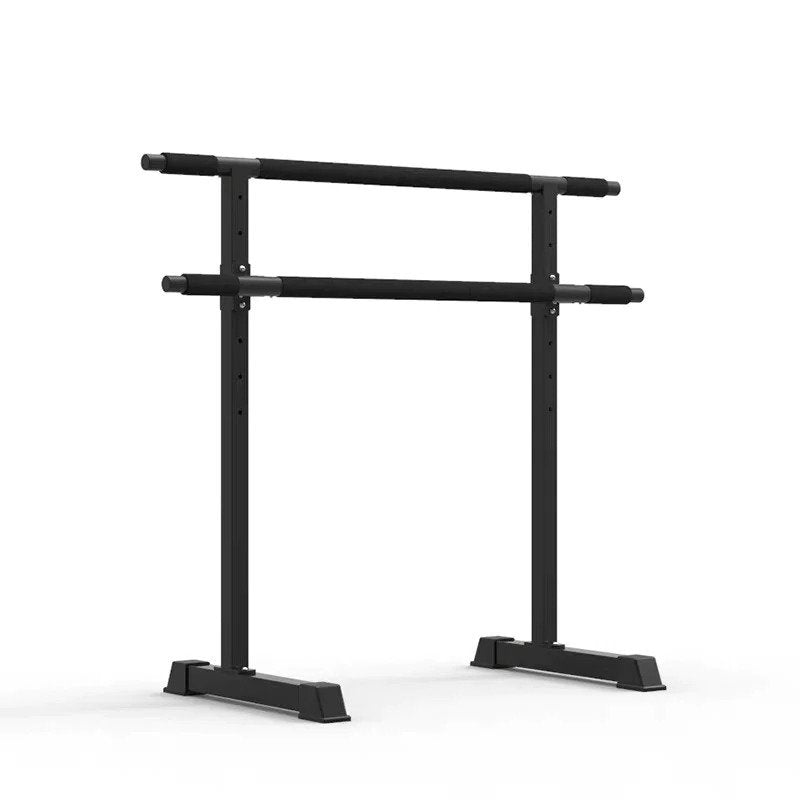 Ballet Barres
Ballet Barres
-
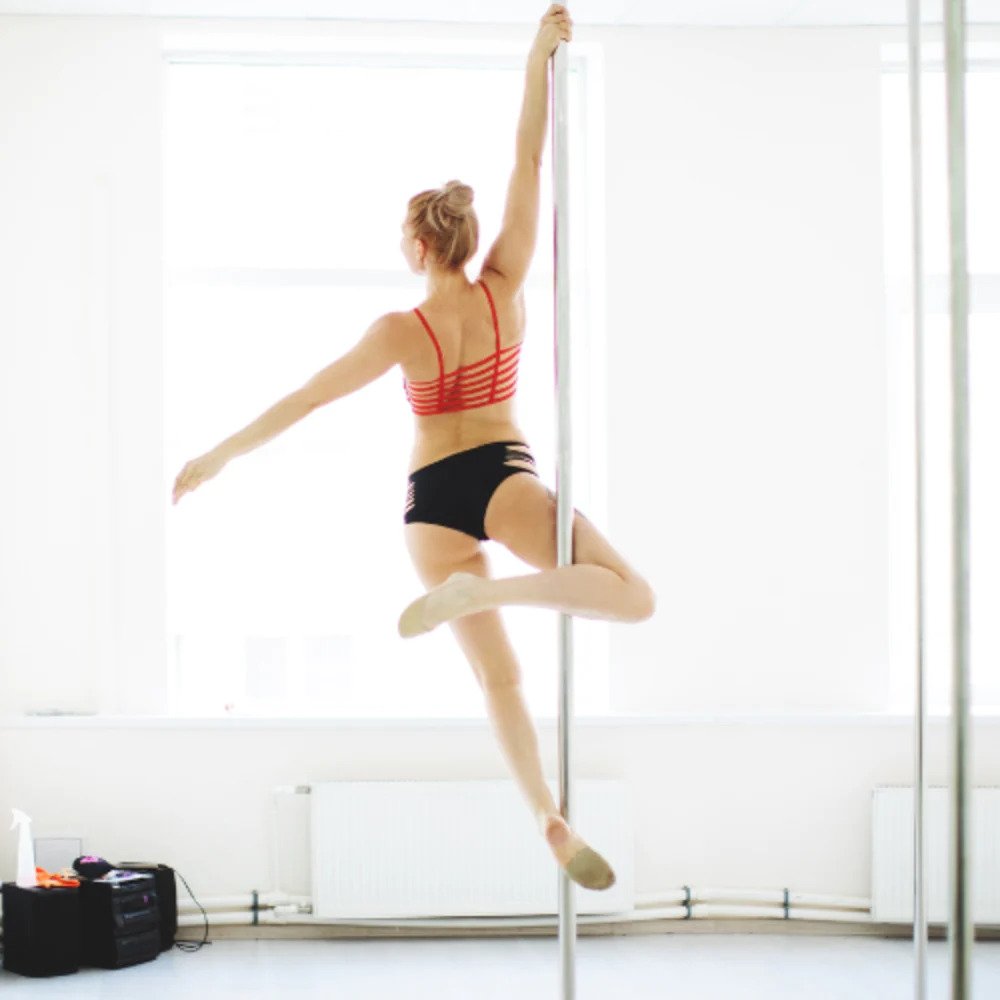 Dance Poles
Dance Poles
-
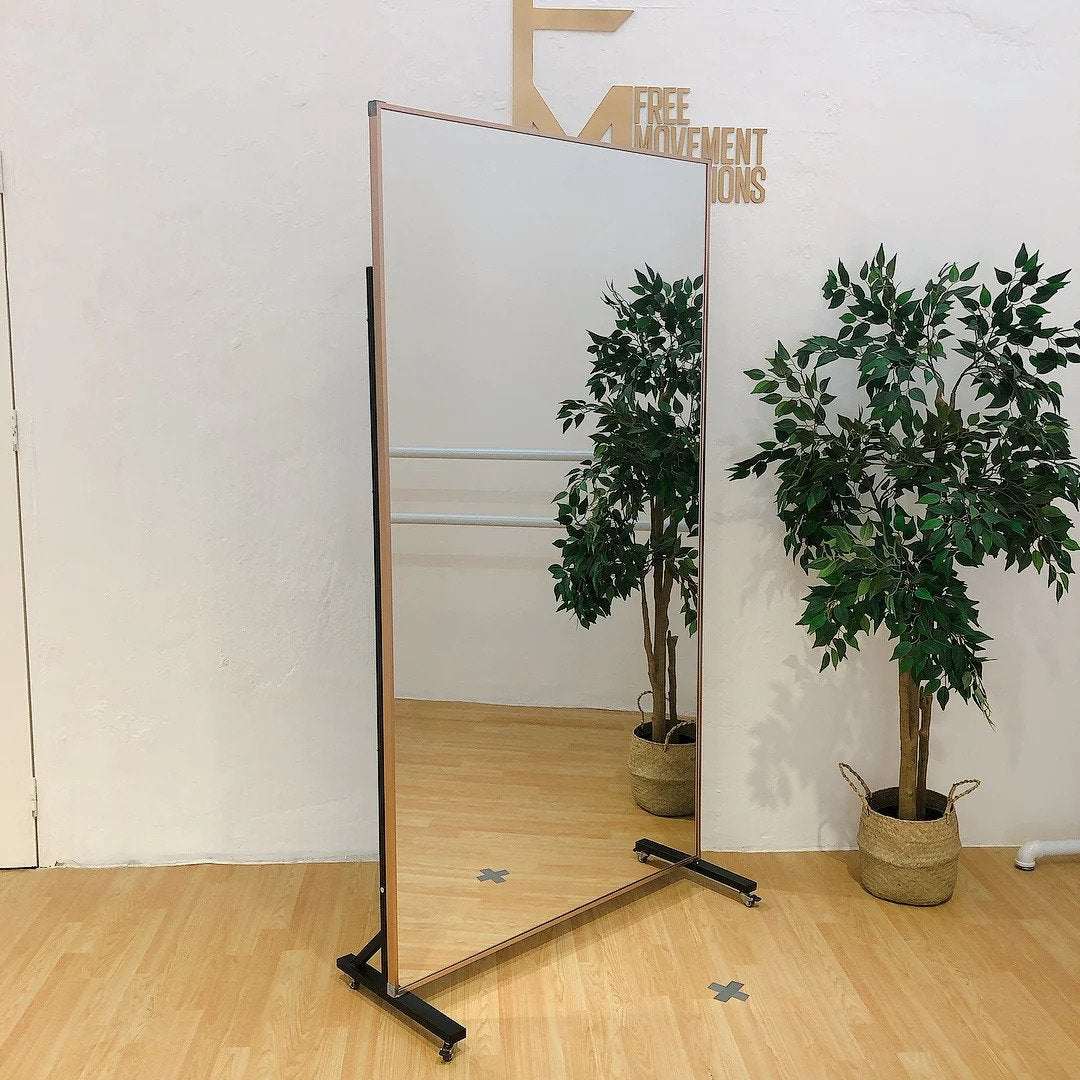 Shatterproof Mirrors
Shatterproof Mirrors
-
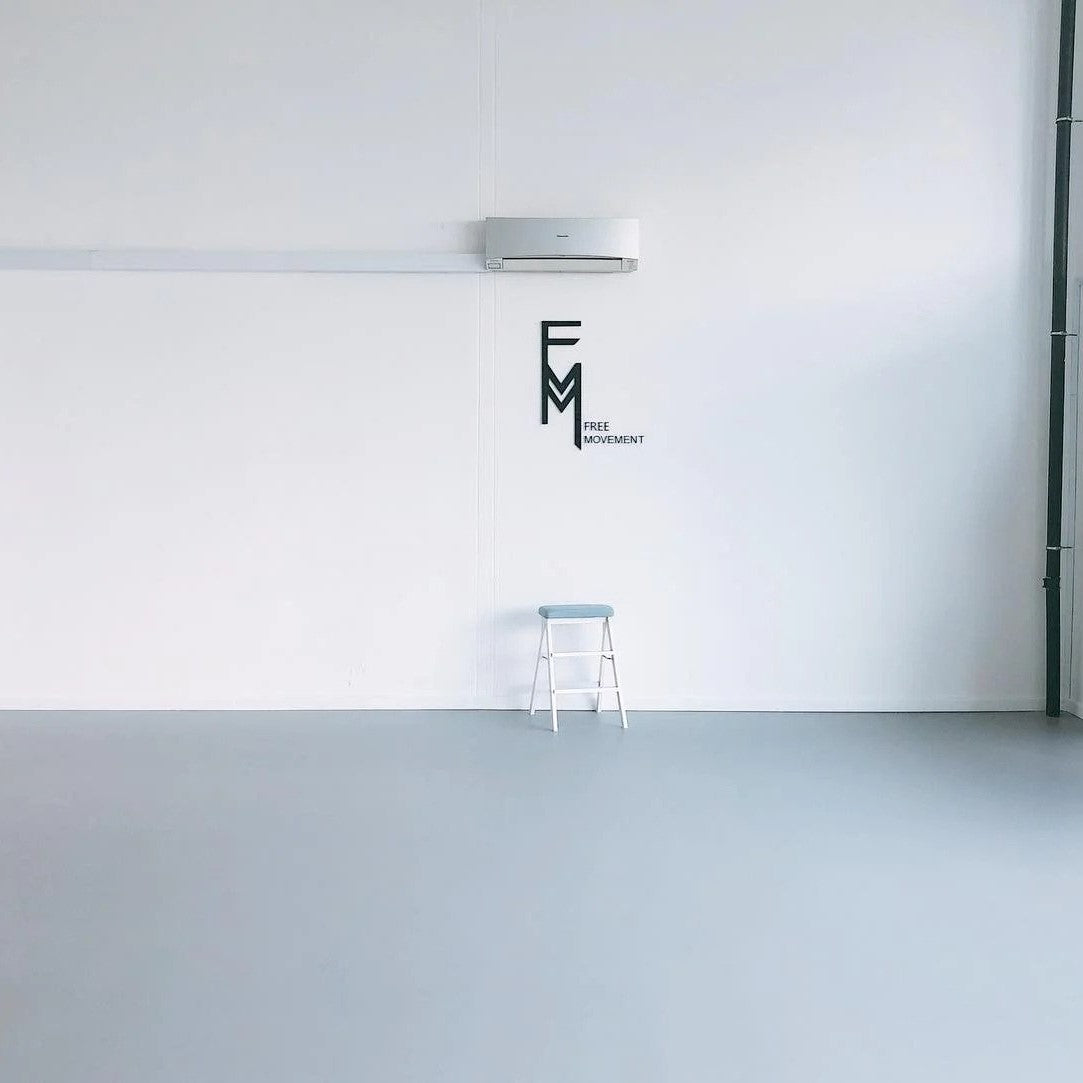 Dance Floor Rental
Dance Floor Rental
- Dance Floor Rental
- Go to Dance Floor Rental
- Marley Dance Mat Rental
- Installation
-
 Installation
Installation
-
 Charity
Charity
Circus Flow Arts
Embrace the Artistry of Flow Arts at Free Movement Dance
Immerse Yourself in the Mesmerizing World of Flow Arts
Discover the Grace and Creativity of Circus Flow Arts
Circus flow arts is a captivating and dynamic art form that involves manipulating objects like poi, hoops, staffs, and fans to create visually stunning performances. Combining elements of dance, acrobatics, and circus arts, flow arts emphasize fluidity, rhythm, and personal expression. Whether you're drawn to flow arts for fitness, creativity, or performance, this guide provides an overview of its history, fascinating facts, and how you can start your journey with us.
A Brief History of Circus Flow Arts
The roots of flow arts can be traced back to ancient cultural practices. Poi, for example, originated with the Māori people of New Zealand, who used it as a form of training and cultural expression. The art form involved spinning balls attached to cords in intricate patterns, often to accompany traditional dances and ceremonies.
Over time, flow arts expanded to include a variety of tools and techniques, drawing inspiration from circus acts, martial arts, and contemporary dance. In the 20th century, the popularity of circus arts grew, with circuses like Cirque du Soleil showcasing the beauty and versatility of flow arts on a grand scale.
During the 1990s and early 2000s, flow arts experienced a resurgence in popularity, particularly within the festival and performance art scenes. The introduction of new tools like LED and fire poi, along with the rise of social media, helped spread the art form worldwide, creating a vibrant and inclusive flow arts community.
Today, flow arts encompass a wide range of styles and practices, with practitioners from diverse backgrounds sharing their creativity and passion for the art form.
Fascinating Facts About Circus Flow Arts
Circus flow arts is a unique and visually striking art form with many interesting characteristics:
- Variety of Tools: Flow arts utilize a range of tools, including poi, hula hoops, staffs, fans, and more. Each tool offers unique possibilities for movement and creativity.
- Combination of Skills: Flow arts combine elements of dance, acrobatics, and circus arts, allowing practitioners to develop a diverse skill set. This combination fosters creativity and adaptability.
- Community and Collaboration: Flow arts have a strong sense of community, with practitioners often sharing techniques, patterns, and performances. This collaborative spirit encourages creativity and continuous learning.
- Use of Technology: Modern flow arts incorporate technology, such as LED lights and fire, to create stunning visual effects. This adds a unique and mesmerizing dimension to performances.
- Connection to Other Art Forms: Flow arts have strong connections to other art forms, such as dance, circus, and performance art. This cross-disciplinary approach allows practitioners to explore different styles and expand their artistic boundaries.

Celebrated Flow Arts Artists
Discover the enchanting world of Flow Arts through these renowned artists:
- Hula Hoop Artist Lisa Lottie: Known for her captivating hoop performances and innovative choreography.
- Poi Spinner Alien Jon: A prolific poi artist who has mastered the art of visual poi manipulation.
- Staff Manipulator Noel Yee: An accomplished staff spinner who combines martial arts and dance in his routines.
Types of Flow Arts Props
Flow Arts encompasses a variety of props, each offering a unique flow experience:
- Poi: Swinging weighted balls in rhythm, creating mesmerizing patterns.
- Hula Hoop: Rotating a hoop around the body in fluid and intricate movements.
- Staff: Manipulating a staff through spins, rolls, and contact movements.
World's Top Flow Arts Schools
- SpinCo (Boulder, USA)
- MangoFire Arts (San Francisco, USA)
- Flow Arts Institute (Various Locations)
- Kinetic Fire (Columbus, USA)
- Temple of Poi (San Francisco, USA)
The Learning Process
Learning circus flow arts involves a combination of technique, creativity, and practice. Here's what you can expect when you start your flow arts journey:
- Group Classes: Group classes offer a supportive environment to learn flow arts. You'll be introduced to basic techniques, such as spinning, twirling, and manipulating objects. Group classes often include warm-up exercises, drills, and opportunities to practice with other students.
- Private Lessons: For personalized instruction and focused guidance, private lessons are an excellent option. You'll work with an experienced flow arts instructor who can help you refine your technique and develop your unique style. Private lessons are ideal for practitioners of all levels, from beginners to advanced performers.
- Practice and Performance: Regular self-practice is crucial for mastering flow arts. Many studios offer open practice sessions where you can experiment with new techniques and gain confidence. Performance opportunities allow you to showcase your skills and share your creativity with others.
Reach Out to Us for Private Flow Arts Lessons
At Free Movement Dance Studio, we offer private flow arts lessons for practitioners of all levels. Whether you're new to flow arts or seeking to refine your skills, our experienced instructors are here to guide you. You can book a private class tailored to your specific needs and preferences.
To schedule a private lesson, simply contact us via phone, email, or our website. We'll work with you to find a convenient time and create a personalized learning plan that suits your goals. Don't hesitate to reach out—we'd be thrilled to help you embark on your flow arts journey!
Circus flow arts is a beautiful and dynamic art form that encourages creativity, rhythm, and self-expression. So grab your poi, hoops, or staffs, and let your imagination flow. The world of circus flow arts is waiting for you!
- Choosing a selection results in a full page refresh.



























